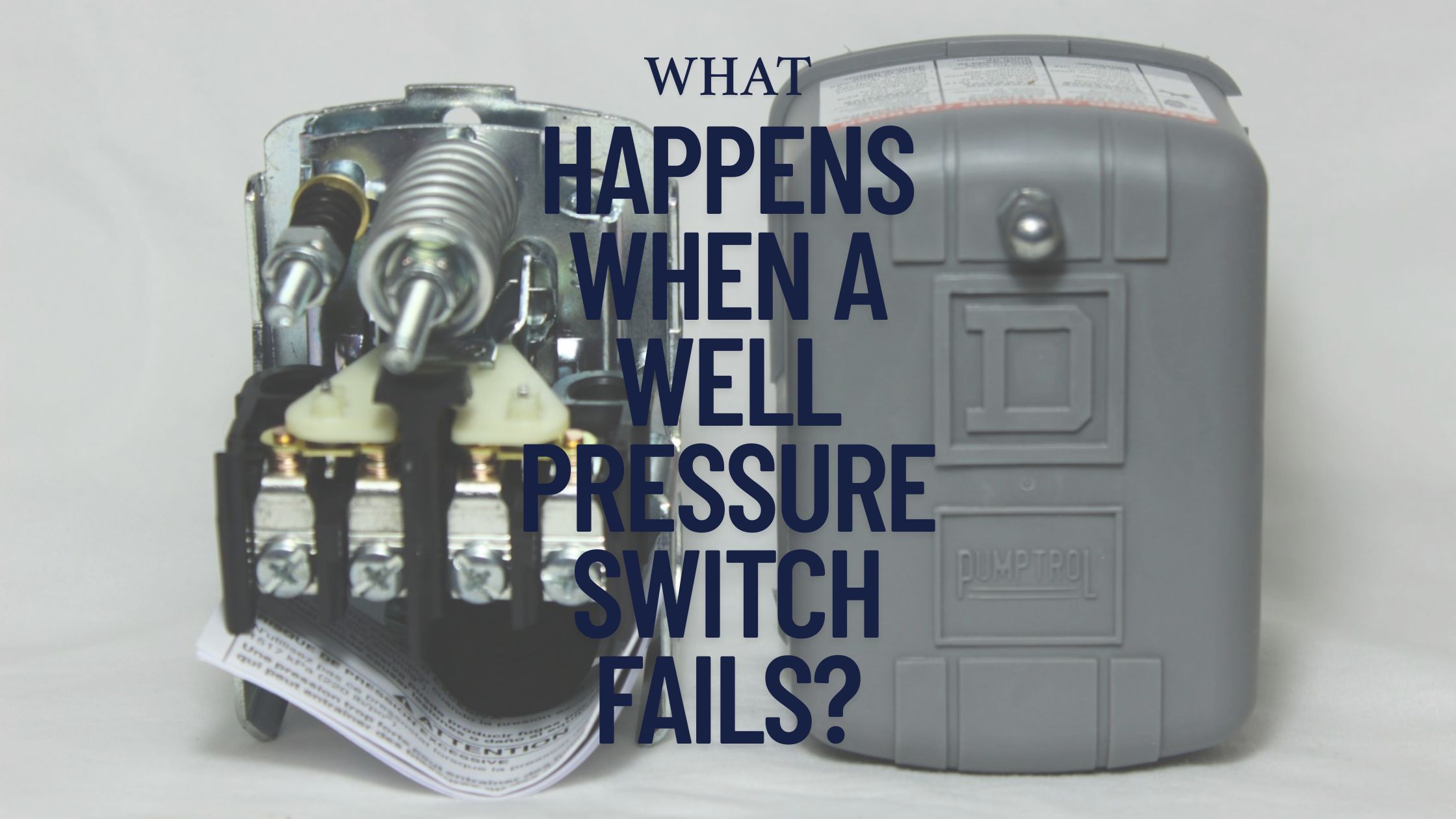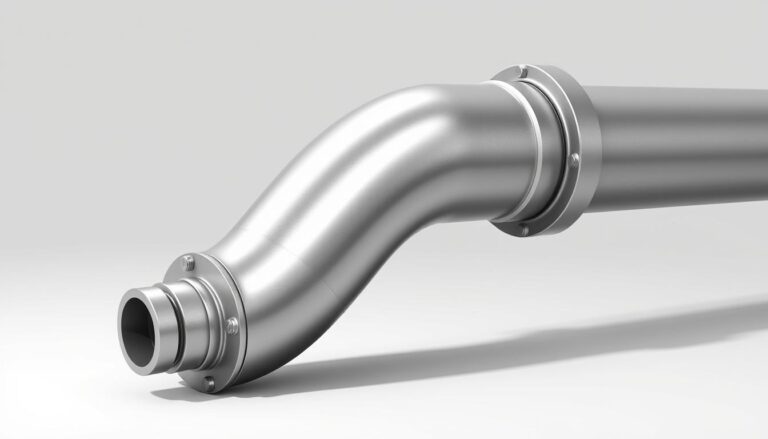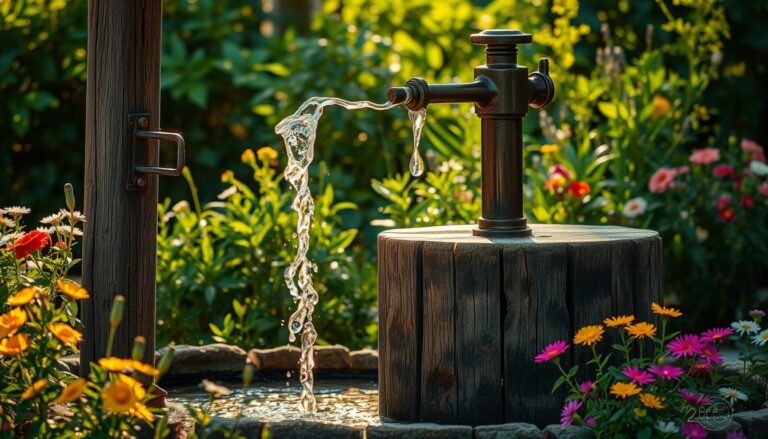What Happens When a Well Pressure Switch Fails?
Have you ever stopped to think about what might happen if your well pressure switch starts to malfunction? It might not be a topic that comes up often in casual conversation, but for homeowners relying on well water, it’s an important subject to understand. When something goes awry with your well system, the effects can be more than just inconvenient; they can affect your daily life in significant ways.
What is a Well Pressure Switch?
Let’s start by understanding what a well pressure switch is and why it’s such a critical component in your water system. A well pressure switch is a small but essential device that tells your well pump when to start and stop pumping water. It ensures that water pressure is maintained within a specified range and acts like a traffic cop for your water system, orchestrating the flow of water so that devices and appliances have the water pressure they need to function properly.
How Does It Work?
The pressure switch operates on a straightforward mechanical principle. It’s connected to the water system and monitors the pressure inside. When the water pressure falls below a certain preset level (the cut-in pressure), the switch tells the pump to turn on and raise the water pressure. Conversely, once the pressure reaches a higher preset level (the cut-off pressure), the switch turns the pump off. The process repeats itself to maintain consistent water pressure in your home.
Importance of a Well Pressure Switch
This tiny component is more important than it might seem at first glance. Without it, your pump might run continuously or fail to run at all, leading to too much or too little pressure. Either situation could be problematic, disrupting your water supply and potentially leading to malfunctioning appliances or excessive wear on the pump itself.
Daily Life Impact
A properly functioning well pressure switch means your showers have the perfect water pressure—not too weak, not too strong—and your washing machine and dishwasher clean your clothes and dishes effectively. In short, its role is akin to that of an unsung hero, keeping your household running smoothly.
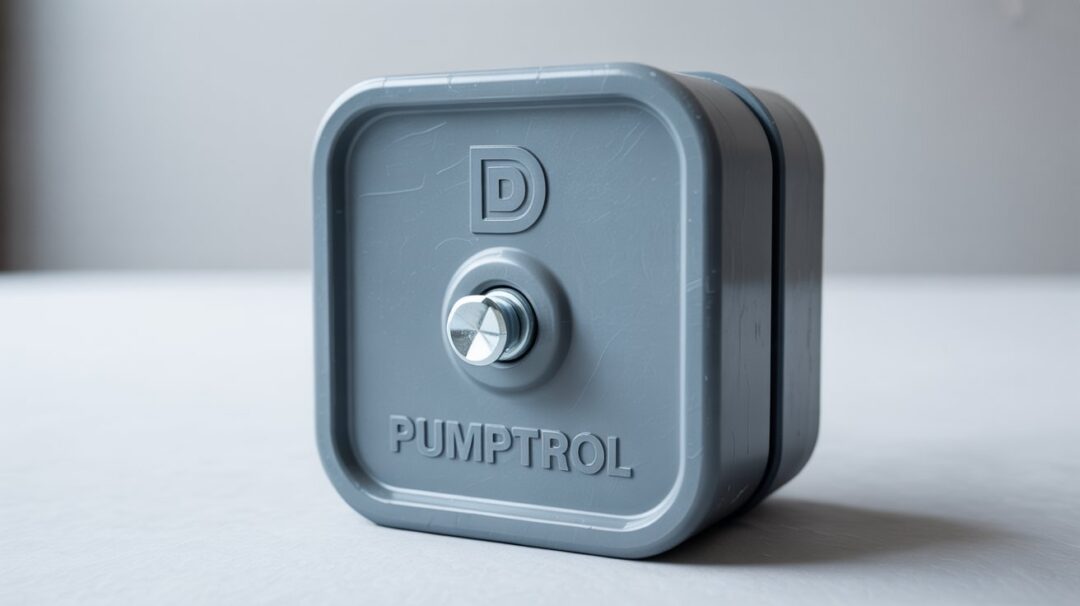
Malfunctioning Well Pressure Switch: What Could Go Wrong?
When a well pressure switch starts to malfunction, various scenarios might unfold, each with its own set of challenges. Here’s what you might experience:
Inconsistent Water Pressure
One of the first signs of a malfunctioning well pressure switch is inconsistent water pressure. You might notice fluctuations in your water flow when using faucets, showers, or any appliance tied to your water system. This inconsistency can be frustrating as it affects the efficiency of your daily tasks and comfort level.
Loss of Water Pressure
An even more inconvenient situation is losing water pressure altogether. This typically happens if the switch fails to prompt the pump to turn on when it should. Lower pressure can come as a surprise, leaving you without water when you least expect it—like in the middle of doing laundry or taking a shower.
Constant Pump Operation
If the well pressure switch fails to turn off the pump when the pressure is high enough, the pump might run continuously. This not only wastes energy but also puts undue strain on the pump, leading to potential damage and increased electricity bills.
Causes of a Malfunctioning Well Pressure Switch
Several factors could contribute to a well pressure switch failing. Understanding these can help you diagnose a problem more quickly.
Mechanical Wear and Tear
Like all mechanical devices, well pressure switches are subject to wear and tear. Over time, components may degrade, leading to a switch that doesn’t operate as efficiently or reliably as it once did.
Debris Buildup
Debris or sediment can accumulate in the switch, particularly if your well water contains a lot of particulates. This buildup can interfere with the switch’s mechanism, causing it to stick or misread pressure levels.
Electrical Issues
Sometimes, the problem isn’t mechanical but electrical. Faulty wiring or corroded connections can disrupt the flow of electricity necessary for the switch to function.
Pressure Settings
Incorrect pressure settings could also be at fault. The pressure switch needs to be set correctly to manage your home’s water pressure adequately. If the settings drift from where they need to be, the switch won’t control the pump as intended.
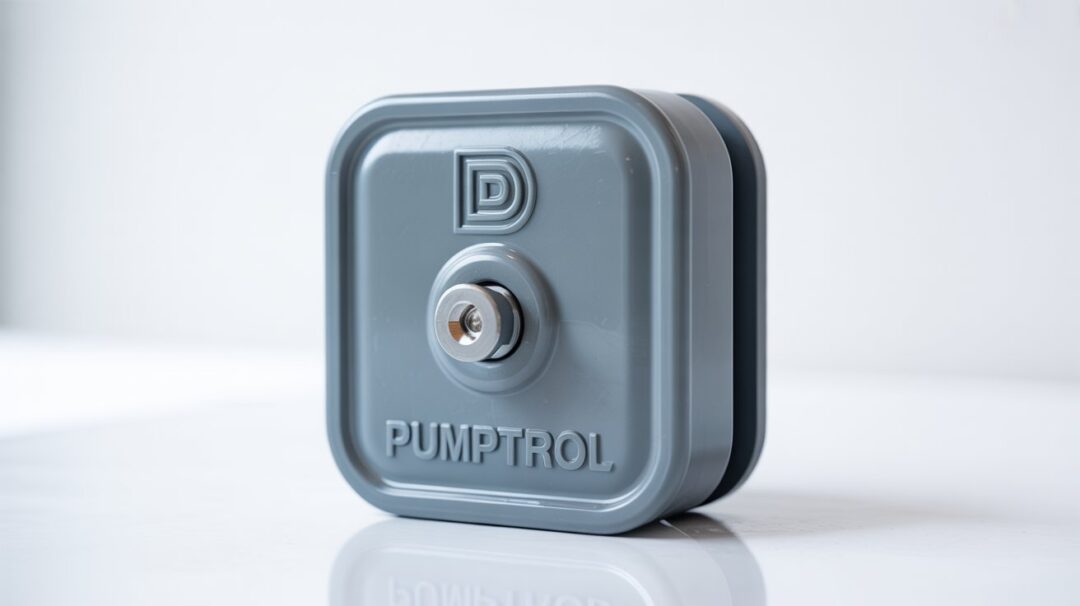
Consequences of Ignoring Switch Malfunctions
Ignoring a malfunctioning well pressure switch can lead to several undesirable consequences, each with varying degrees of inconvenience and expense.
Increased Energy Bills
When the pump runs excessively due to a faulty switch, your energy consumption rises. These inefficiencies can lead to notably higher electricity bills without necessarily improving your water system’s performance.
Pump Damage
The pump is an expensive component in your well system, and its repair or replacement can be costly. A malfunctioning pressure switch that causes the pump to overwork risks premature pump failure or damage, leading to significant expenses.
Water System Strain
Your entire water system can become strained when the pressure switch doesn’t do its job properly. Appliances and fixtures dependent on well water could face irregular pressure, affecting their functionality and lifespan.
Troubleshooting a Malfunctioning Pressure Switch
If you suspect your well pressure switch is on the fritz, there are some steps you can take as a first line of defense before calling in a pro.
Inspect the Switch
Examine the switch for obvious signs of wear or damage. Check for debris around the contact points and listen for any unusual noises that could suggest a malfunction.
Adjust and Test
You can try adjusting the pressure settings yourself if you feel comfortable doing so. This involves turning small nuts in the switch to calibrate cut-in and cut-off pressures. Be cautious, as incorrect adjustments could exacerbate the problem.
Check Electrical Connections
Inspect the electrical connections for corrosion or damage. Make sure all wires are securely connected and in good condition, as faulty connections could impede operation.
When to Call a Professional
Sometimes, professional intervention is necessary. Knowing when to call in an expert can save you time and prevent further complications.
Persistent Problems
If your troubleshooting doesn’t resolve the issue, or if problems recur after temporary fixes, it’s time to get professional help. Ongoing issues could signify deeper problems requiring advanced diagnostics.
Safety Concerns
Messing with electrical components and water systems can be risky. If at any point you’re unsure about the safety of the procedures you’re taking, seek professional help.
Complex Repairs
Some switch problems involve complex mechanical or electrical work best left to those trained in the field. Professionals can accurately diagnose and fix issues with the appropriate tools and expertise.
Preventive Maintenance Tips
To avoid running into pressure switch problems in the first place, regular maintenance can extend your equipment’s lifespan and keep your water system humming along nicely.
Regular Inspections
Periodically inspect your pressure switch and related components. Spotting signs of wear early can prevent complete failures.
Clean the System
Keep your water system and switch free from debris, either by using filters or having them regularly cleaned.
Professional Tune-Ups
Schedule regular maintenance checks with a professional to ensure everything is running smoothly. These inspections can catch problems before they escalate, ensuring peace of mind.
Understanding the Financial Implications
Addressing problems with your well pressure switch doesn’t just revolve around convenience; it also has financial ramifications.
Cost of Ignoring Issues
Ignoring the issues posed by a malfunctioning well pressure switch can become more expensive over time. Small repairs can stave off larger, costlier fixes in the future, such as pump replacement or damage control from neglected issues.
Savings from Efficient Management
Investing in regular maintenance and timely repairs leads to long-term savings. Not only does this minimize emergency repair costs, but it also optimizes energy usage, thus lowering utility bills over time.
FAQs: Common Questions About Well Pressure Switches
Can I replace a well pressure switch myself?
It is possible to replace a well pressure switch on your own if you’re experienced with plumbing and electrical systems. However, given the complexity and potential safety issues involved, calling a professional is often the safer choice.
How often should a well pressure switch be replaced?
Well pressure switches can last between several years to over a decade depending on factors like water quality and proper maintenance. Regular inspections can give you a better idea of when it’s time to replace it.
What are signs that I should upgrade my pressure switch?
If you’re frequently repairing your switch, or if it can’t maintain adequate water pressure, it may be time to consider an upgrade for improved reliability and efficiency.
Conclusion
Understanding the consequences of a malfunctioning well pressure switch is crucial for any homeowner relying on a well water system. While the switch may be small, its role in managing your water system’s pressure is central to your home’s water supply efficiency and health. Regular troubleshooting, timely repairs, and preventive maintenance can keep your water system functioning optimally and avoid inconvenient, costly disruptions. Armed with this knowledge, you’ll be better prepared to handle any issues that arise, keeping your home comfortable and your water system reliable.

